Koya Bound
Eight Days on the Kumano Kodō
Craig Mod & Dan Rubin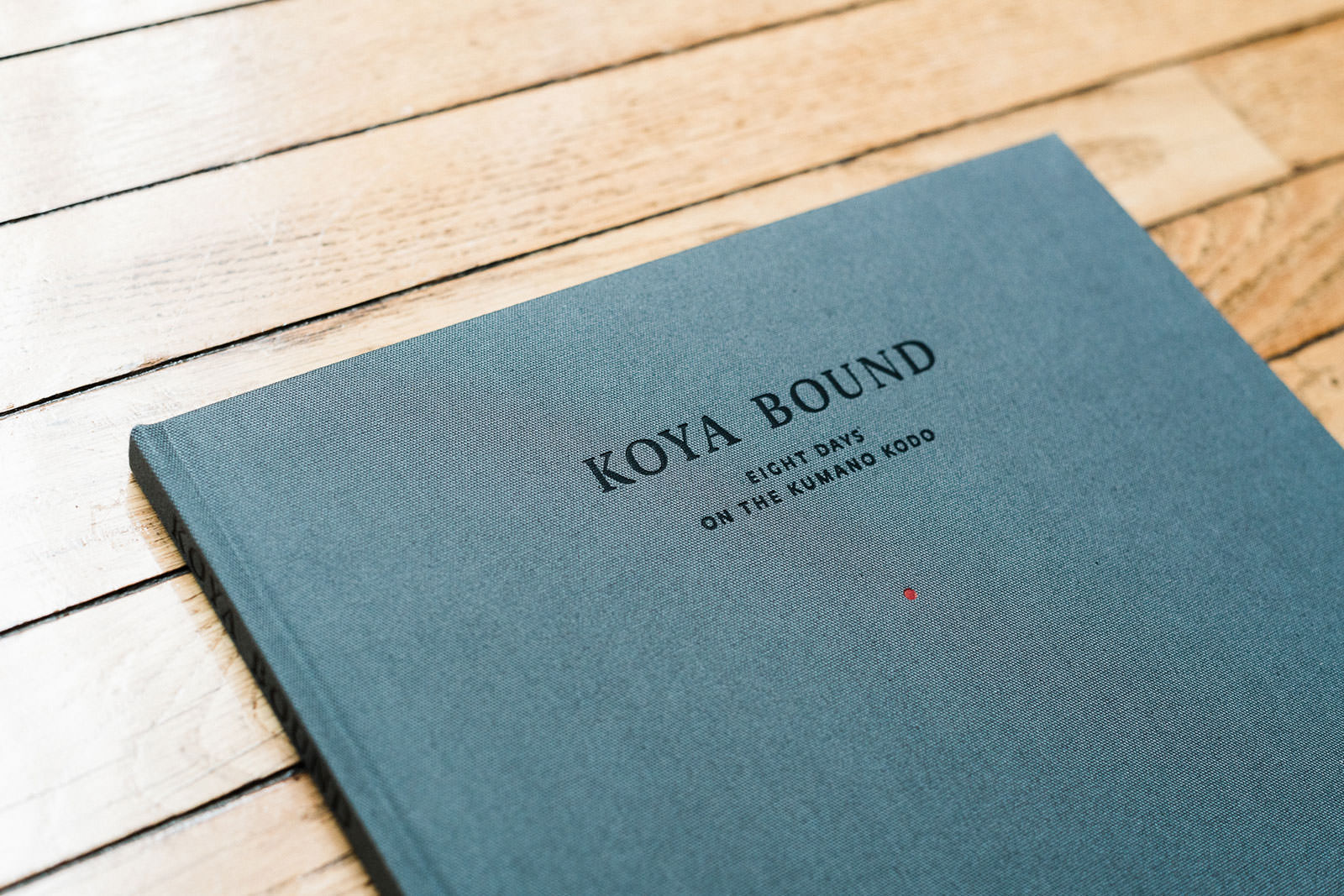



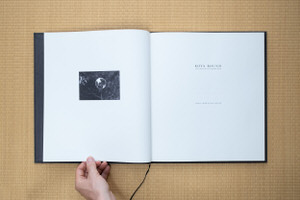

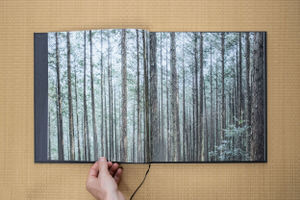


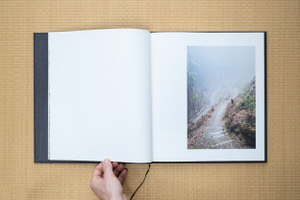
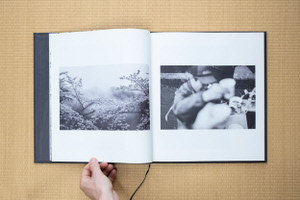
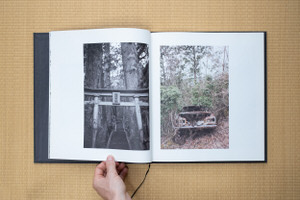
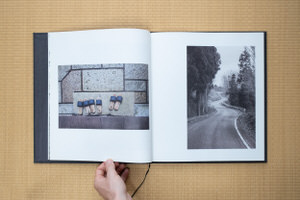
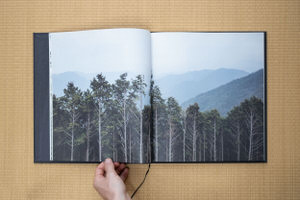
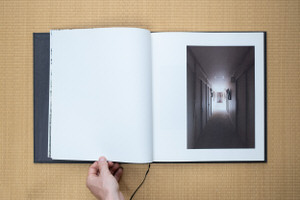
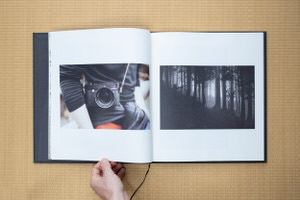


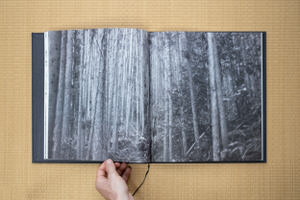
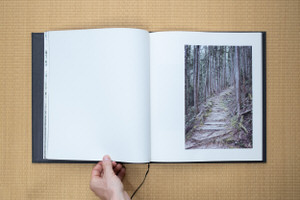
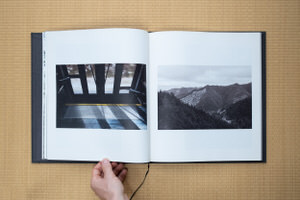
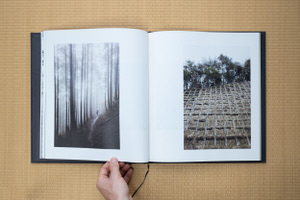
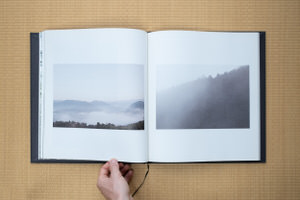
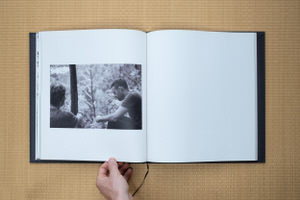
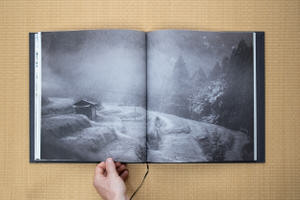
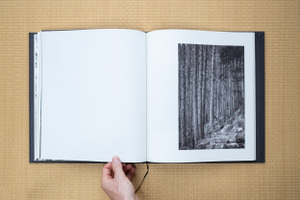
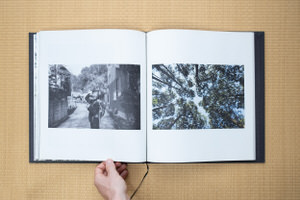

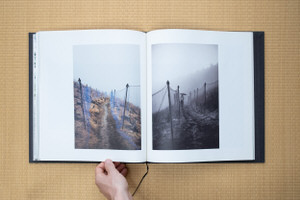



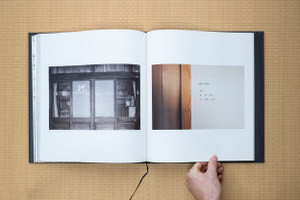
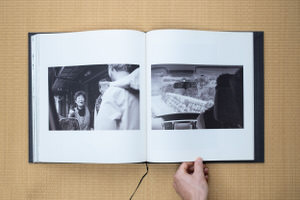
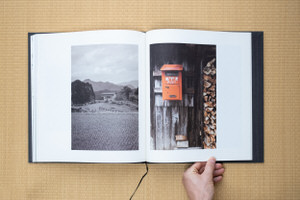
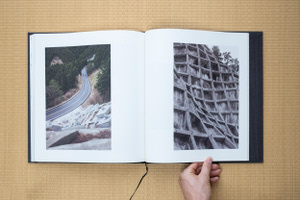
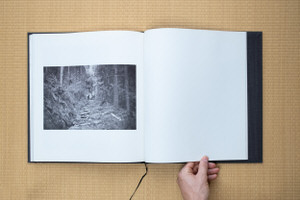
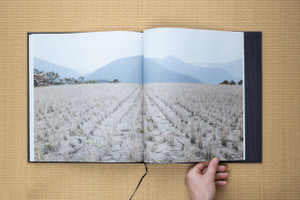
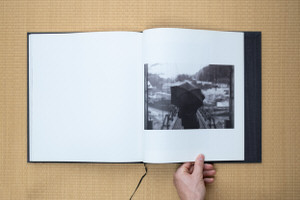
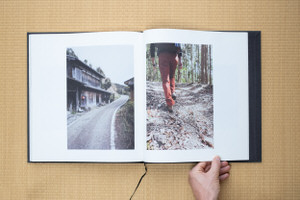
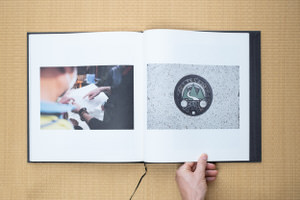
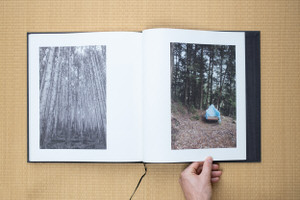
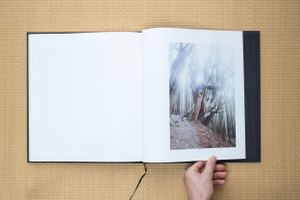
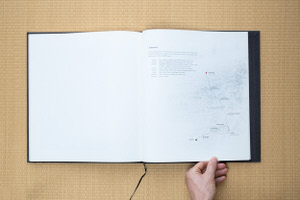
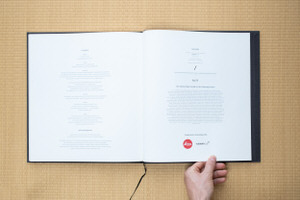
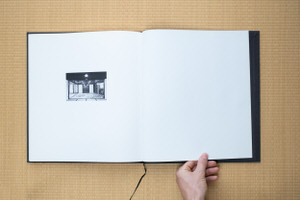
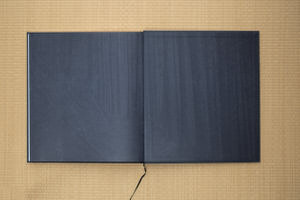

Introduction
Email, calls with your boss, deadlines, the car you drive, the size of your apartment, taxes, a five-year plan — all of these have one thing in common when you’re out on a good walk: They’re less important than sensible shoes. Thomas A. Clark knew this when he wrote his poem In Praise of Walking. And it’s an attitude we tend to adopt when out in the woods.
The Kumano Kodō is a pretty good walk. Maybe even a great one. Many of the dirt or cobbled paths (ishi datami) that form the Kumano are enveloped by nature, and their historical arcs reach far back in time. Parts of the walk have imperial connections. Others align with common folk. There is an easy authenticity to what’s left behind: An eight- hundred-year-old marker here or there, the stone foundation for a tea house long since decayed, a grove of trees planted as a wind-break five-hundred years ago, looking now like gnarled fairy tale creatures. And although the Kumano Kodō is comprised of several disjointed routes all radiating from the Kumano Hongu Taisha shrine, you can, like us, connect their pieces in a meaningful, somewhat linear, way.
There were three of us. We walked for eight days — long enough to taste the rhythm of a walking life. Ever Koya-bound along the ancient path. We stayed as pilgrims of the past did — in small inns and homes. We quantified ourselves as pilgrims of today do — with apps and wrist gadgets.
We covered 107 linear kilometers, gained 4.75 vertical kilometers, and racked up 148,000 steps. We woke early, ate complicated breakfasts, left our lodgings and then … placed one foot in front of the other. We stopped only for a sip of thermos-warm coffee or a rice ball or Clif Bar, finishing the day at another inn, slipping into a scalding-hot bath and replenishing our spent calories with whatever the proprietors had cooked for us. Finally, gratefully, we crawled into bed earlier than a grandparent might.
Things we saw: Bear warnings. Fresh tracks. Pit viper signs. Wart-covered toads the size of a baby’s head. A deer, recently mauled, wet viscera spread in the middle of our path. Layered vistas out upon the wrinkled earth that engulfs Koya-san — our final destination — and the seemingly endless mountain ranges comprising the Kii Peninsula.
People we met: Three young city transplants mixing clay and straw for traditional walls, rebuilding an old house, preparing to open an onigiri shop along the trail. A stern old man, head wrapped in a towel, who reminded us of a better path, a turn-off we had just missed. Stray dogs, drunken fishermen overly eager to share their mysterious alcoholic elixir that tasted not unlike warm kerosene.
Dan and I took about 3,000 photos. On the day we finished the walk, we hopped on a train and were whisked off to a 150-year-old house in Hida Furukawa, where we hid for a week, poring over the images, attempting to distill the experience into some manageable and comprehensible subset. The images in this book are the result.
The book you hold in your hands isn't meant to be a guide. There are no captions. No tips. It's simply a catalog of moments. It says: There is a place in the world that looks and feels like this. Given a little gumption, similar places can probably be found near wherever you may be.
We believe that a good walk begins with a clear goal—a mountaintop, a far-off village, a superb pizza shack in the middle of the woods — but that a great walk is born from a bit of circuity and a little uncertainty.
Thoreau had a rather extreme notion of preparing for a walk: “If you are ready to leave father and mother, and brother and sister, and wife and child and friends, and never see them again — if you have paid your debts, and made your will, and settled all your affairs, and are a free man—then you are ready for a walk.” We prefer Clark’s minimalism — as long as you have a pair of sensible shoes, the rest fades away.
— Craig Mod
Daikanyama, Tokyo, October 2, 2016
